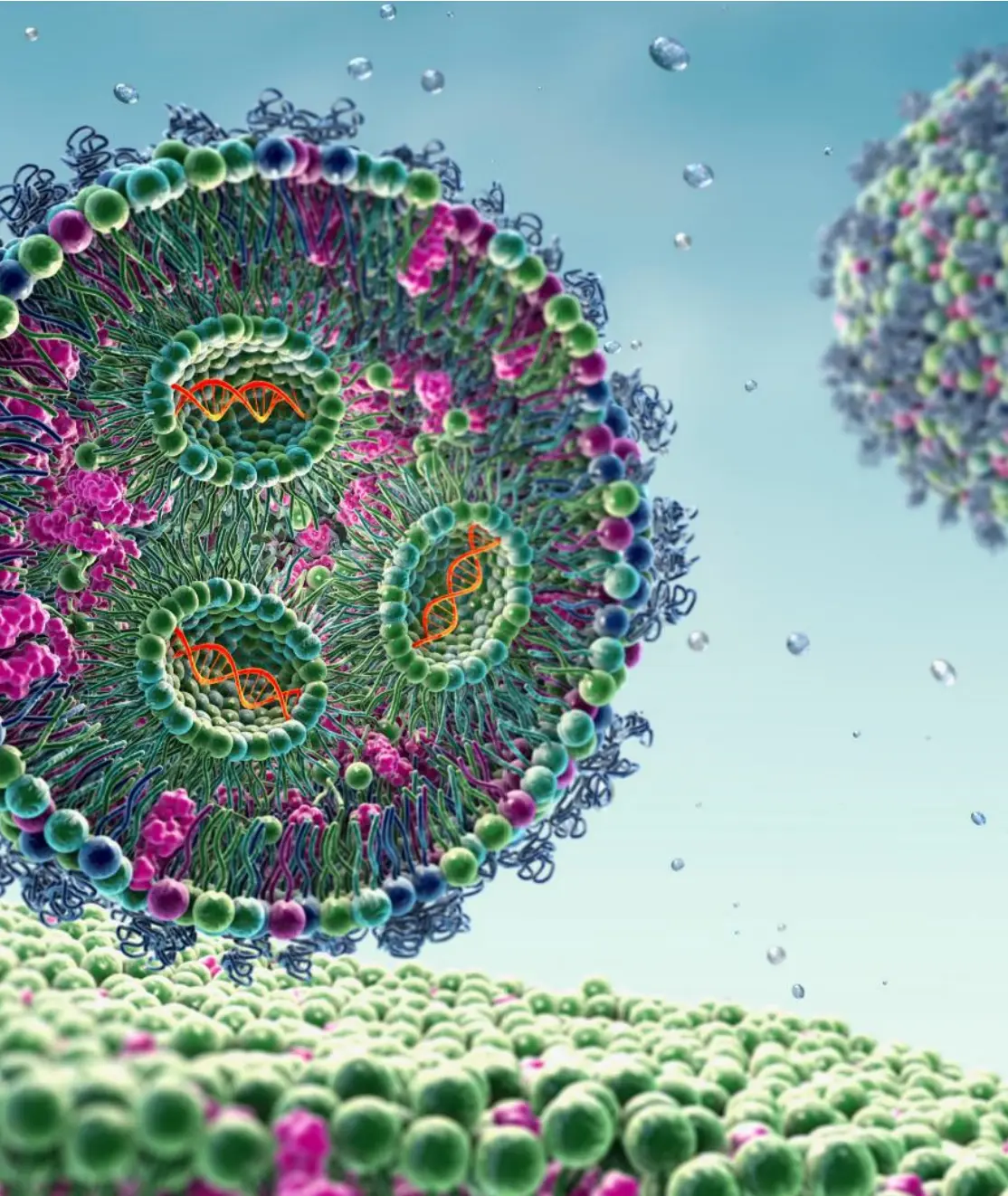
Understanding the way Homo sapiens genes communicate is a bit like trying to solve a never-ending assignment. Each gene, like a student under pressure, has a job to do—but it doesn’t work alone. It talks to other genes. And by studying these conversations, scientists are uncovering some of the most profound secrets of life.
Just like college students handling a great amount of homework, the human genome operates under intense conditions. Every cell, every signal, every gene expression event needs to happen with incredible precision. There’s no room for mistakes. Cells must deliver accurate answers every second to survive.

Gene Co-Expression
Nature’s Study Group Imagine trying to understand a complex subject—you’d probably team up with classmates in a quiet place, stay organized, and try to learn from others. Genes do the same thing. They form co-expression networks, “studying” problems together like molecular collaborators. When one gene is active, it often means a group of others is too. This pattern helps scientists decode biological pathways, much like how a student might trace clues across multiple chapters of a textbook to complete a difficult homework task.

Under Pressure
Genes Respond Like Students Just like students cramming for exams, genes can be thrown into chaos when stress hits think heat, toxins. Some genes spike in activity, others shut down, trying to manage the internal environment. The pressure to adapt and respond with accurate answers is immense. This is where useful advice from molecular biology comes in: by tracking co-expression under stress, scientists can predict how the body reacts and potentially how to fix it when things go wrong.

Systematic bioinformatic analysis of expression levels of 17,330 human genes across 9,783 samples from 175 types of healthy and pathological tissues
Genome Biology 2008
Genesapiens Team
The project originally started as a way to study a single gene's co-expression, by gathering a number of experiments and studying the expression patterns of a handful of genes. The more samples were gathered, the more it became obvious that the whole was bigger than the sum of its parts. At this point a team was assembled to further develop the database. The team is composed of molecular biologists, computer scientist and medical doctors. Combining the expertise from these various fields we were able to produce a resource that is very accurately annotated, easy to use with various useful data mining and disply options available all the while containing a large amount of data. The database is continually updated with new features based on the users' requests and also new data, which is re-annotated to match the existing high standard. After the data and functions to mine and display it was made made available internally, and to certain collaborators, tens of thousands of plots have been made.


A Molecular Writing Help System
You could say gene co-expression research is a bit like offering writing help online not for essays, but for the complex instructions inside cells. It allows scientists to support biological "sentences" ( gene transcripts) that may be unclear, jumbled, or even malfunctioning. Just as a student might improve their paper by reorganizing points and citing better sources, researchers can correct or guide gene function by observing patterns and adjusting conditions.

Staying Organized
The Hidden Order of Life One key to gene co-expression is that it reveals organization behind what appears random. Even when the body is facing an overwhelming amount of homework—growth, repair, immune defense—it doesn’t panic. It assigns roles to each gene, keeps the molecular "workspace" tidy, and communicates efficiently. This organization is what allows humans to heal, adapt, and evolve. And it’s what gives scientists the power to understand diseases, design better therapies, or even reprogram cells entirely.
Whether you're a student pulling an all-nighter or a gene firing off molecular signals, one truth remains: success comes from clarity, communication, and connection. Homo sapiens has survived and thrived thanks to the remarkable teamwork happening inside every cell—no textbook required. But for those of us still studying, perhaps the genome itself is offering some quiet advice: Be organized. Work together. Stay focused. And when in doubt—ask for help.
Our latest content
Check out what's new in !
People behind the project
| Director | |
| Olli Kallili | |
| Team | |
| Sami Dilpine | Bioinformatics |
| Reija Aucher | Normalization |
| Henri Ojale | Bioinformatics, Annotation |
| Elma Blei | Bioinformatics, Annotation |
| Henri Sami | Bioinformatics |
| Tommi Pechu | Bioinformatics |
| Kristiina Iltje | Annotation |
| Rolfe Ston | Bioinformatics, Annotation |
| Mari Cary | Annotation |
| Kristine Laucher | Annotation |
| Kimmo Kinder | Annotation |